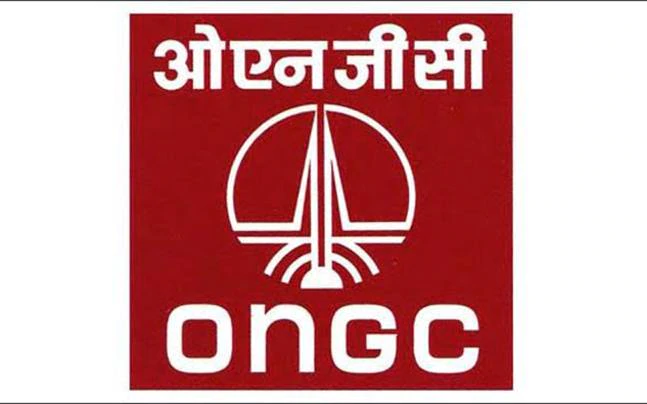
DEWA inaugurates one of the largest roof-top 1.5MW array in MENA at Jebel Ali Power Station
HE Saeed Mohammed Al Tayer, MD & CEO of Dubai Electricity and Water Authority (DEWA) has inaugurated the one of the largest single-rooftop arrays in the Middle East and North Africa, a 1.5 megawatt direct current (MWdc) photovoltaic generation project at Jebel Ali Power Station (JAPS), and successfully connected it to DEWA’s grid. This supports the Shams Dubai initiative, which in turn supports the Smart Dubai initiative, launched by HH Sheikh Mohammed bin Rashid Al Maktoum, Vice President and Prime Minister of the UAE and Ruler of Dubai, to transform Dubai into the smartest city in the world. This will engage the community in the production of electricity from solar energy, preserve the environment and lower the country’s carbon footprint, while also encouraging the development of a green economy to achieve sustainable development. Shams Dubai allows customers to install photovoltaic panels on their rooftops to generate electricity from solar power. The electricity is used onsite and the surplus is exported to DEWA’s network. The inauguration was attended by Nasser Lootah, Executive Vice President of Generation at DEWA, Mansoor Al Suwaidi, Vice President for Generation Projects at DEWA, and other members of staff.
DEWA installed 5,240 photovoltaic panels on the 23,000 square-meters of the roof of the water reservoir at M-Station, which is the newest and largest power production and desalination plant in the UAE.The modules will produce 1.5 MW by converting solar energy into electricity, which will be used to meet the station’s energy needs, and will generate 2,666 MW/h of clean electricity annually. The project aims to increase dependence on renewable energy, and reduce the carbon emissions produced by different operations at the station, the project also expects to see an annual carbon dioxide reduction of about 1,600 tonnes. Surplus energy will be exported to an internal power network at DEWA’s Jebel Ali unit.“We support the Dubai Clean Energy Strategy 2050, to diversify Dubai’s energy mix to include 25% from solar energy, 7% from clean coal, 7% from nuclear power, and 61% from natural gas by 2030. The mix will gradually increase the employment of clean energy sources to 75% by 2050,” said Al Tayer.
“The solar energy connected to DEWA’s grid is derived from two sources. The first is DEWA’s solar power plants at the Mohammed bin Rashid Al Maktoum Solar Park, one of the largest single-site solar energy projects in the world. the park is managed by DEWA in cooperation with the private sector. The solar park’s capacity will be 5,000 MW by 2030, and will help reduce 6.5 million tonnes of carbon emissions yearly, supporting the green initiatives and programmes carried out by the government to reduce carbon emissions. The second is electricity produced from small and medium solar-energy systems. This is done by installing photovoltaic panels on rooftops of buildings and connecting them to DEWA’s grid as part of its Shams Dubai initiative, launched by DEWA. The electricity is used onsite and the surplus is exported to DEWA’s network,” added Al Tayer.
DEWA has started using unmanned aerial vehicles (UAVs) to check on the photovoltaic panels on the roof of the water reservoir.
UAVs save considerable time and effort as they completely scan the building’s roof, which has an approximate area of 23,000 square meters, in very short time and provide Ultra HD (4K) images with a resolution of over 20 megapixels. DEWA adheres to the highest safety and security standards by outfitting drones with sensors and anti-magnetic field paint to neutralise their effects on users and on DEWA’s assets.
This initiative will greatly improve operational efficiency by accelerating operations, increasing safety during regular network testing and maintenance, and accurately detecting failures. It will also help in monitoring generation, conducting field surveys for new projects, and making new connections for buildings and facilities in Dubai. This will enhance the trust of customers in DEWA’s services. The initiative improves organisational competitiveness in terms of financial savings. The drones provide early detection by using thermal imaging for overhead power lines. This limits risks and reduces costs, enables a quick response and is very accurate, making it easier to make informed decisions. The drones use state-of-the-art upgradable technologies, such as high-definition cameras that are equipped with night-vision and laser technologies, GPS sensors. They can measure pressure, height, magnetic fields, and use ultrasound scanning.
DEWA is also looking into expanding the scope of its drone use. In addition to locating equipment, DEWA is experimenting with technology to detect overhead line insulator failures that can cause power outages.















